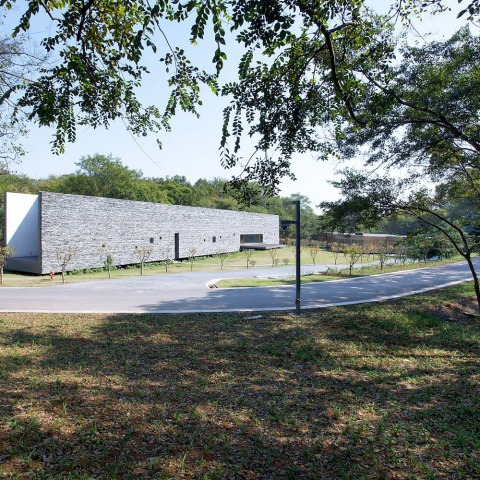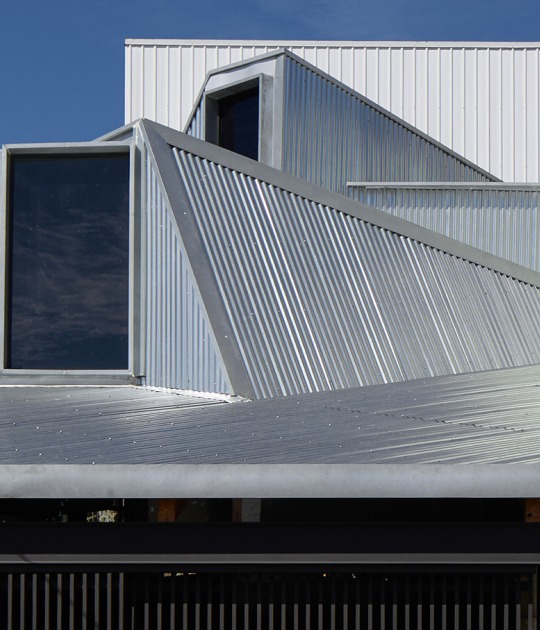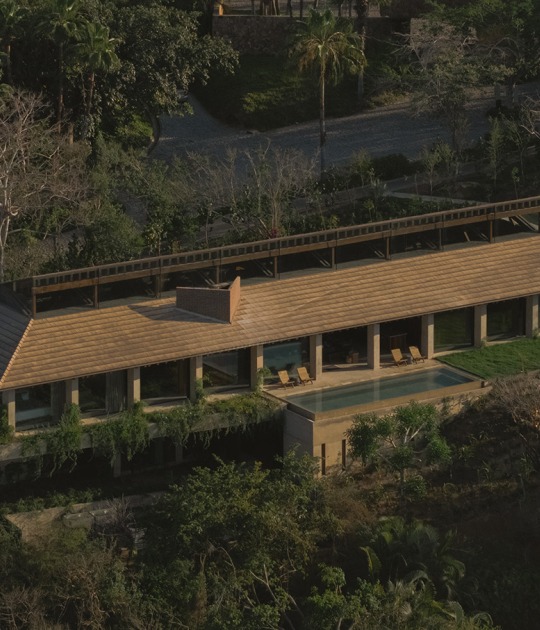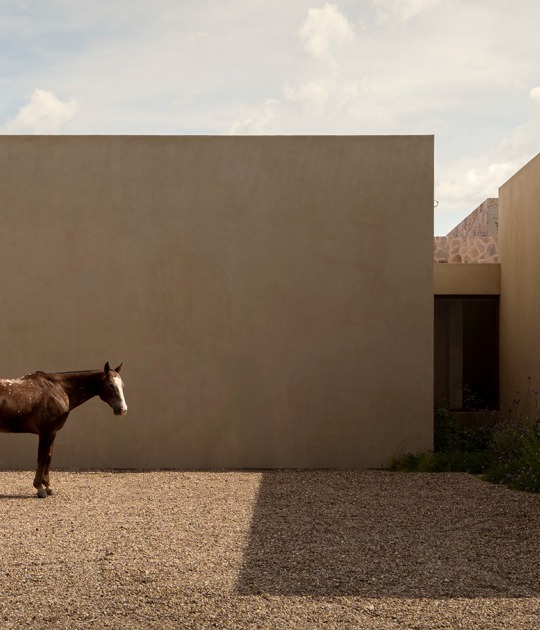Light Box is a villa for the China International Practical Exhibition of Architecture in the city of Nanjing, in China. Adjaye Associates designed a villa consisting in two cubes, one treated as real, 60 meters long and floating on its base and the other as an imaginary cube that tries to create a main entrance with an artificial forest of bamboo that leads the user to a slot in the façade of the villa.
Description of the project by Adjaye Associates
The China International Practical Exhibition of Architecture (CIPEA) in Nanjing features a collection of architectural structures designed by 24 international and Chinese architects, including Steven Holl Architects, Amateur Architecture Studio, Ettore Sottsass, SANAA, Mathias Klotz, Odile Decq and many others.The overall masterplan of the development – conceived as a live architectural exhibition – was carried out by the Canadian architect Paul Rosenau. The brief for each villa specified accommodation for five bedrooms but was otherwise fairly open.
The exterior of the Adjaye Associates villa appears like a long, horizontal bar, slightly elevated above the ground and clad in a jagged mosaic of broken slate. The mass of the façade is punctuated by an irregular pattern of deep set windows, which are punched into the elevation, while a bamboo lined pathway culminating in a tall slot cut into the façade, is the main entrance.
At either end of the bar, generous glazing provides views out. The continuity of the horizontal elevation is also interrupted by a glazed portion which leads to a terrace from the main living space. The interior offers a collage of horizontal and vertical planes that stretch to a seeming infinity, accentuated by dramatic curving ceilings.
A vibrant play of light and shadow stripes created by a series of skylights transects the full length of the main volume. In the floor, there are a number of rectangular glazed openings with illuminated views beneath the building. The material palette comprises predominantly exposed concrete, with bamboo flooring in the bedrooms.
CREDITS.-
Architects.- Adjaye Associates.
Client.- Sifang group.
Dates.- 2004-2012.
Location.- Nanjing, China.




















































